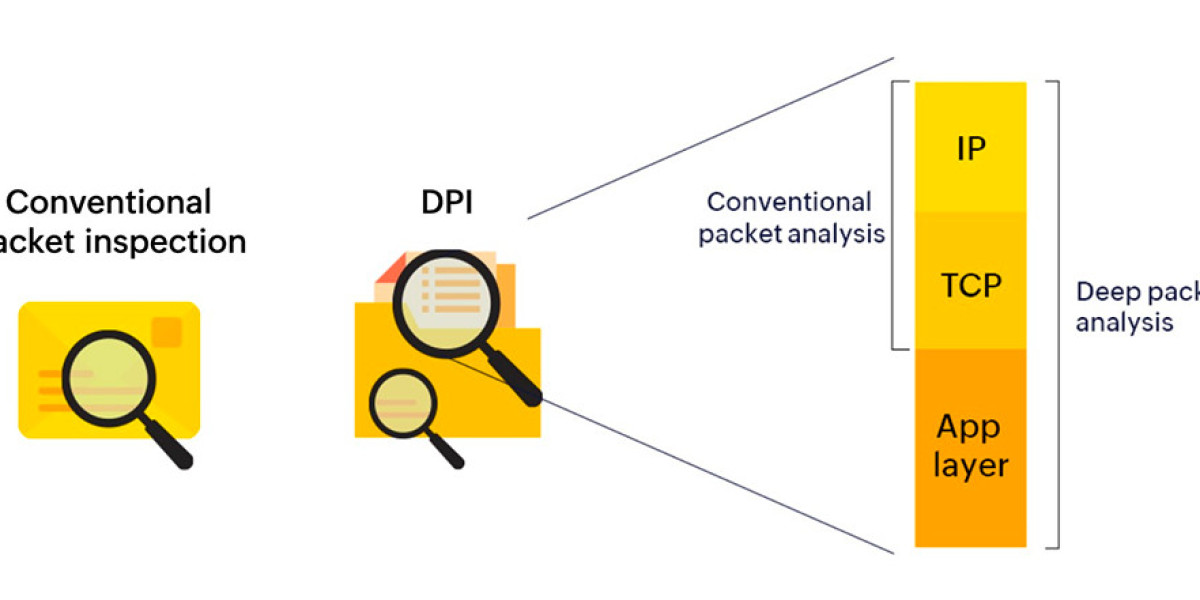The engine that powers the consistent and robust demand for deep packet inspection technology is fueled by a set of powerful and deeply entrenched Deep Packet Inspection Market Drivers that are fundamental to the operation of modern digital networks. These drivers create an undeniable and continuous need for the granular, application-level intelligence that only DPI can provide, ensuring its position as a critical component of both security and network management strategies. The most potent and foundational driver is the imperative of cybersecurity in the face of an increasingly sophisticated and dangerous threat landscape. Traditional firewalls that operate at the network and transport layers (Layers 3 and 4) are no longer sufficient to protect against modern attacks. Cyber adversaries have evolved their tactics to exploit the application layer (Layer 7), embedding malicious code within seemingly legitimate web traffic, using encrypted channels to hide their communications, and leveraging common applications as a delivery mechanism for malware and ransomware. DPI is the essential enabling technology that allows security solutions like Next-Generation Firewalls (NGFWs) and Intrusion Prevention Systems (IPS) to dissect this application-layer traffic, identify the signatures of known exploits, detect anomalies indicative of a new threat, and prevent the exfiltration of sensitive data, making it an indispensable driver for enterprise security spending.
The second critical driver, which is particularly forceful for telecommunication service providers, is the relentless demand for effective network performance management and Quality of Service (QoS) enforcement. The explosive growth of bandwidth-intensive applications, especially high-definition video streaming, online gaming, and video conferencing, places enormous strain on both fixed and mobile networks. Without a mechanism to manage this traffic, a small number of users consuming a large amount of bandwidth can degrade the experience for everyone else. DPI is the core technology that enables service providers to identify and classify the different types of traffic on their network and apply intelligent policies. This allows them to prioritize latency-sensitive applications like VoIP and video calls, while potentially managing the bandwidth allocated to less critical, high-volume traffic like peer-to-peer file sharing during peak hours. This ability to intelligently shape traffic is not just a technical requirement; it is a crucial business driver that allows providers to manage their network capacity efficiently, ensure a high Quality of Experience (QoE) for their customers, and create differentiated, tiered service plans, directly impacting their profitability and customer retention.
A third, and increasingly significant, driver is the growing need for business and network analytics. The application-level data generated by a DPI engine is an incredibly rich source of information that can provide valuable insights far beyond just security and traffic management. For enterprises, DPI can provide detailed visibility into which cloud-based SaaS applications are being used by employees (even unsanctioned "shadow IT" applications), allowing them to better manage their software licenses and data governance policies. For service providers, DPI-derived analytics can reveal trends in application usage, helping them to make informed decisions about network capacity planning and to identify new partnership opportunities with popular content providers. This data can also be anonymized and aggregated to provide valuable market intelligence on consumer behavior and application popularity. As organizations across all sectors become more data-driven, the ability of DPI to provide a real-time, ground-truth view of how their network is actually being used is a powerful business intelligence driver that is expanding the technology's application and value far beyond its traditional security and networking roots.








